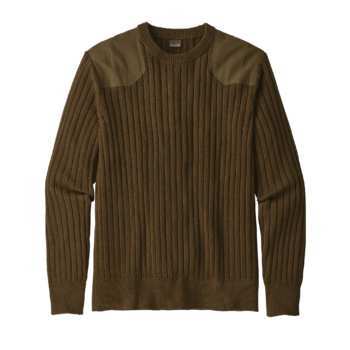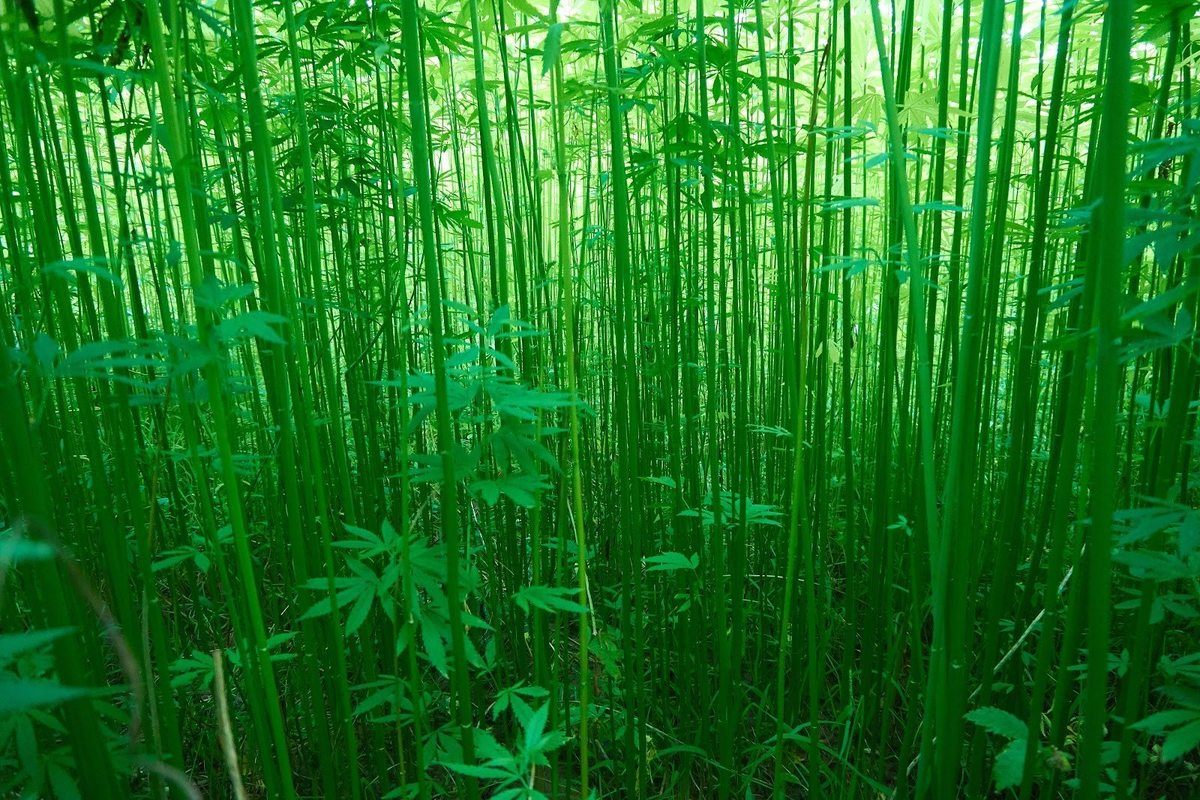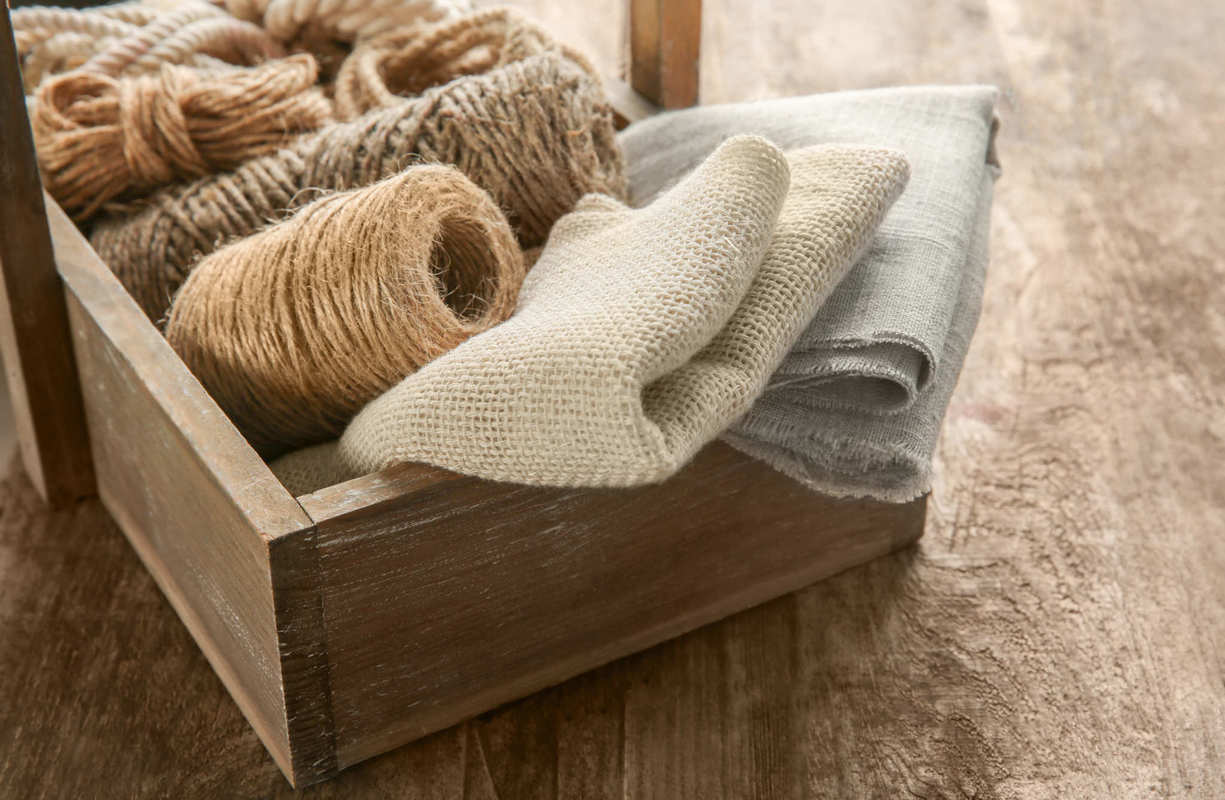Hemp fabric could be crucial to creating a more comfortable, more sustainable world.
What would you do if we told you that you could buy a T-shirt that lasts longer, is cheaper, and harms the environment less than your average cotton T-shirt? You’d probably tell us that’s impossible, but you’d be wrong. So very wrong.
That’s because hemp clothing exists, and it has all of those advantages listed above and more.
WHAT MAKES HEMP FABRIC BETTER?
Hemp clothing has numerous advantages.
Hemp fabric is deliciously soft on the skin, and is known for growing softer with each wear. It’s also naturally resistant to bacteria and provides natural UV protection. That means it protects your skin, and retains color better than other fabrics. As you can see, hemp fabric is quite practical. It literally prevents you from getting stinky, gets softer with more use, and is stronger and longer-lasting than cotton.
And it’s not only practical but stylish too. Hemp fashion is a real thing, and there are many companies that produce appealing hemp clothing. To name a few: Hemp Horizon, iLoveBad, and Patagonia’s hemp clothing collection. These companies are producing awesome clothing; clothing that makes us want to drop hundreds of dollars on sweaters and underwear. Just look at Patagonia’s Fog Cutter Sweater, it’s perfect for Michigan’s chilly fall weather.
Style isn’t the biggest upside of hemp, though. The biggest advantage of hemp fabric is its production methods and hemp’s environmental impact (or lack thereof).
HOW DO YOU MAKE HEMP FABRIC?
The production of the clothes that we use everyday aren’t something most people think about. Clothes are simply things that we buy and wear. Most of us aren’t aware of the hyper-complex supply chain systems needed to bring that simple cotton t-shirt to our local Walmart. That sentiment is true of all fabrics, including hemp.Let’s take a quick dive into how hemp textiles are produced.

A dense field of green bamboo-like industrial hemp stalks grows tall in the summer sunshine.
Industrial hemp can be harvested for thousands of uses.
Recreator, another hemp brand we love, outlined how hemp fabric is produced:
- Cultivation
- Harvesting
- Retting (The process whereby naturally occurring bacteria and fungi, or chemicals, break down the pectins that bind the hemp fibers to be released. Common techniques consist of soaking in water, or laying on the ground and letting dew do the ‘retting’)
- Breaking
- Scutching (Beating stems, which separates the desired fibers from the hemp’s woody core)
- Hackling (combing of the stems to remove unwanted particles)
- Roving (improves strength)
- Spinning (can be wet and dry spun)
HOW HEMP FABRIC COMPARES TO OTHER NATURAL FABRICS
How does hemp production compare to other textiles?Cotton: Cotton is grown in fields, like hemp, and is harvested by cotton harvesters, those big machines that can harvest cotton at a super-human rate. Then, like hemp, cotton is put through a “ginning” process, in which the fibers are separated from the seeds. The fibers are put through multiple processes that further refine them, like scutching, hackling and roving. Once the cotton is ready, it is spun into fabric.
Wool: This material is easier to process, as it takes less steps to reach its final product. One needs to harvest the wool, then process it via techniques called ‘carding’ and ‘combing’ that smooths and refines the wool, and then weave or knit it into the fabric. Although easier to process, sheep farming creates its own carbon foot print and a great deal of waste. Not only do you have to use energy and water to process wool, but you have to feed, clean, and maintain the sheep. Sheep who produce methane-dense waste and require more resources to survive than a plant.

Right now, most hemp products in the U.S., including hemp fabric, are imported from China,
increasing cost and carbon footprint. That could change with total hemp legalization.
Right now, most hemp products in the U.S., especially outside of CBD oil, are made from imported hemp. This increases both the carbon footprint, or environmental cost of making hemp products, and the final cost that you, the consumer, pay to buy them. We hope that some of this changes as hemp is fully legalized in the U.S. in the near future.
HEMP IS A SUPER PLANT & FABRIC IS JUST THE BEGINNING
While hemp is harvested and processed similarly to other fabrics, its main advantage is through the hemp plant itself.Hemp uses about 5% the amount of water it takes to grow cotton and can often be rain-fed. Hemp can grow in almost all soil conditions, and unlike cotton (which depletes the soil of nutrients) hemp’s deep-reaching roots preserve the topsoil and subsoil. Hemp grows densely as well, leaving no room for weeds and competing plants and is less vulnerable to insects, which means little to no use of pesticides. Lastly, hemp grows extremely fast, only needing 120-days to be ready for harvest. We’ve compared hemp and cotton before, and while not everyone agrees, we think hemp is the winner.
Don’t forget that we’re only talking about the stalk of the hemp plant, which is the part used to make hemp fabric. The leaves and seeds are used to make hemp oil, hemp fuel, and other products that each have their own benefits.
We’ve come again to a conclusion that we’ve come to many times before: hemp is a super-plant. From its practical uses to environmental sustainability, the hemp plant comes out on top, out-performing all competitors.
Thank you so much for this blog post and spreading the good word of hemp clothing! I work for a company called Texture Clothing (https://www.textureclothing.com/) and we have been working with hemp and organic cotton for years and years and we absolutely love it. We try to make clothes that our customers feel good in and feel good about wearing by focusing on sustainable materials, and working with hemp has been a big part of that.
ReplyDeleteAlso, glad you noted that it gets softer over time; some folks are skeptical, but it's really true that it does get deliciously soft!